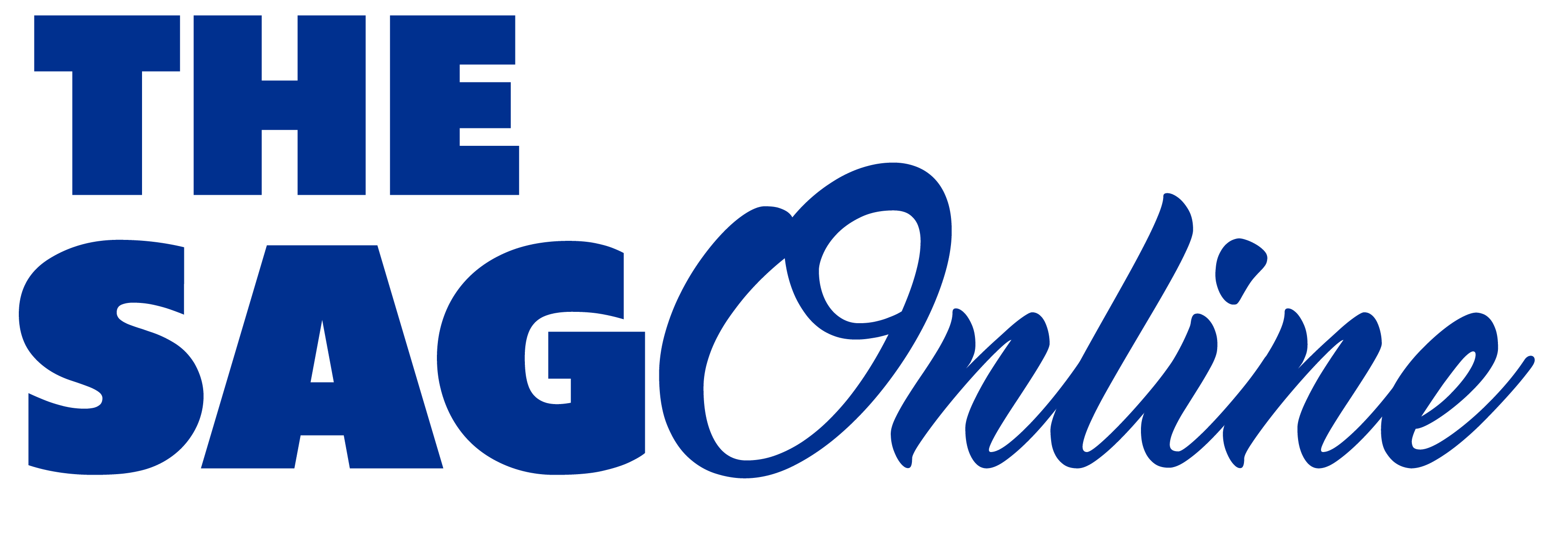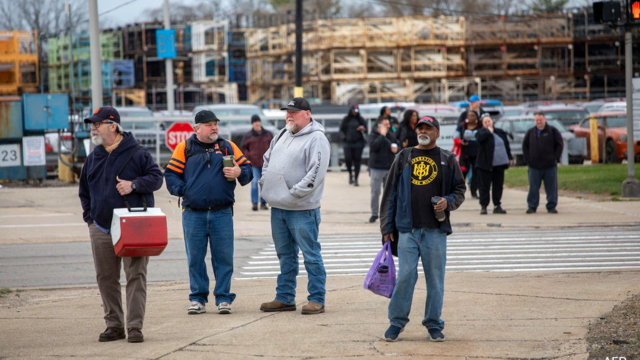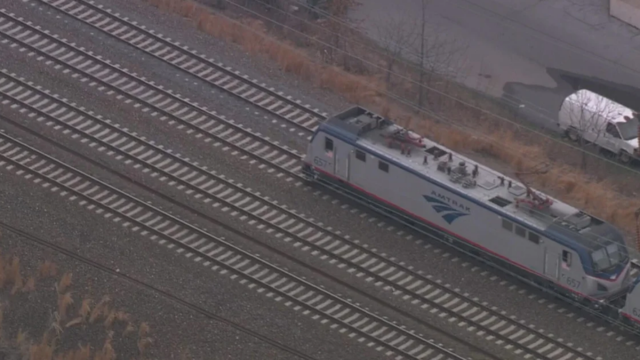Hawaii, an island chain in the middle of the Pacific Ocean, brings to mind swaying palms, white sand beaches, and endless sunshine. It’s a haven like no other, visited by millions of tourists every year for relaxation and excitement. Yet behind this peaceful veil is a secret battle – the surprisingly elevated unemployment rate of Kahului-Wailuku-Lahaina, the central region of Maui. This blog delves into the reasons behind this economic disparity and explores possible solutions to help these “Islanders in Idle” get back on their feet.
The Sunny Side of Maui
Maui, the “Valley Isle,” is known for its breathtaking natural beauty, from the dormant volcano Haleakala to the Road to Hana’s lush rainforests. Nestled on Maui’s western coast lies Kahului-Wailuku-Lahaina, a region that thrives on tourism. The Kahului Airport is the main entry point for visitors, while Wailuku is the administrative and commercial hub. Lahaina, with its historic whaling town character, has plenty of resorts, restaurants, and shops to cater to tourists. Tourism is the economy’s lifeblood, bringing large revenues and generating thousands of jobs in hotels, restaurants, transport, and retailing.
Though, Maui is not exclusively dependent on tourism. There is also light manufacturing, farming, and the health industry as economic drivers. Innovation and the creation of companies in bioscience and technology sectors are developed in the Maui Research and Technology Park.
The Darker Side of Paradise: The Rise in Unemployment
Even before the COVID-19 pandemic, Kahului-Wailuku-Lahaina wrestled with unemployment rates consistently higher than the Hawaiian average. Data from the Bureau of Labor Statistics (BLS) reveals that in 2019, the unemployment rate for the Honolulu-Waikele MSA (Metropolitan Statistical Area) was around 3.5%, while Kahului-Wailuku-Lahaina hovered at a concerning 5.2%. This disparity highlights the vulnerability of a tourism-dependent economy.
The COVID-19 pandemic delivered a devastating blow to Maui’s tourism industry. Travel restrictions, lockdowns, and public health issues resulted in a huge fall in visitor arrivals. Hotels became deserted, restaurants shut down, and numerous tourism-related employment opportunities disappeared. Visitor spending in Maui fell by an astounding 70% in 2020 from the pre-pandemic times, as per a report by the Hawaii Tourism Authority. This fall in economy translated to a rise in unemployment straightaway. Statistics from the BLS paint a dismal picture: Kahului-Wailuku-Lahaina’s unemployment rate shot up to a whopping 14.2% in April 2020. While the rate has incrementally improved since, it remains above the national average and still looms long over the regional economic recovery.
A recent survey done by the Maui Chamber of Commerce indicated that 42% of Kahului-Wailuku-Lahaina businesses are still functioning at less than pre-pandemic levels. Tourism has evidenced a return to life, though the sector remains tenuous. The conflict in Ukraine, increased inflation, and possible new variants of COVID-19 layer the uncertainty over economic prospects.
Unveiling the Reasons: A Multifaceted Issue
The Kahului-Wailuku-Lahaina area’s high unemployment rate is a multifaceted problem with multiple causative factors:
- The Dependence on Tourism: The area’s strong dependence on tourism renders it very vulnerable to externalities such as global economic recessions, natural catastrophes, and pandemics. With a reduction in tourist arrivals, companies are compelled to reduce the number of employees, resulting in layoffs.
- Seasonality: Maui tourism is seasonal, with high seasons being focused around holidays and summer. Seasonality means that many workers in hospitality industries experience job insecurity. In the off-season, hotels might have shorter hours or lay off staff completely, leaving them without pay for months at a time.
- Skill Mismatch: The changing dynamics of the tourism sector may lead to a skills mismatch between the jobs available and the available workforce. As tourism gets increasingly digitalized and personalized, the employees may need to undergo retraining or upskilling in order to align with the shifting needs.
- Cost of Living: Hawaii is famously pricey, with a very high cost of living that is a serious deterrent to re-employment for job losers. Affordability is a serious challenge, and even staples such as groceries and transport are expensive. This is an added burden on unemployed persons that can prevent them from keeping themselves going while seeking new employment.
Pathways to Progress: Initiatives and Solutions
In spite of the difficulties, there are constant efforts to combat unemployment in Kahului-Wailuku-Lahaina. Some of the major initiatives are as follows:
- Government Programs: The State of Hawaii and Maui County are introducing programs to support displaced workers. These include job training programs, unemployment compensation, and career guidance services. Federal programs such as the Workforce Innovation and Opportunity Act (WIOA) also offer resources for retraining and re-employment.
- Diversifying the Economy: Recognizing the vulnerability of a tourism-dependent economy, there’s a growing focus on diversifying Maui’s economic base. Efforts are underway to attract new businesses in technology, renewable energy, and healthcare sectors. Developing a robust agriculture industry could create new jobs and reduce reliance on imported food.
- Community Support: Local organizations and non-profits have an important part to play in the support of the unemployed. Food banks, job training initiatives, and financial support programs are essential lifelines for those struggling. Networking seminars and workshops that match unemployed persons with prospective employers can also play a significant role in helping individuals back into work.
Conclusion
The unemployment woes of Kahului-Wailuku-Lahaina cannot be denied. Yet, it is not a tale of despair. The strength of Hawaiian character, blended with consistent determination to diversify the economy and support those left jobless, is a silver lining. Encouraging innovation, investment in skills development, and establishment of a more sustainable economic base allow Maui to adapt to these complications and make its people more long-term resilient. The “Islanders in Idle” must have a chance to succeed.


 by
by 



